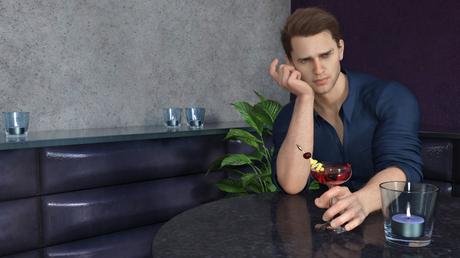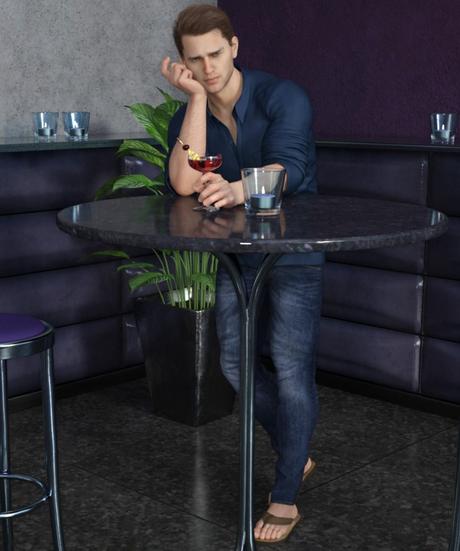Whether reading or writing about them, we all tend to conjure up an image of the characters in a story. What does he or she (or they) look like? We take cues from the text. Hair color, eye color, complexion, stature, and build all give us a sense of a character’s appearance.

I’m sure we’ve all read a lot of stories that run the gamut from sparse to overflowing descriptive passages describing the characters we encounter. Deciding how much to include in a story can be a quandary for an author. Is the description necessary? Does it add to the story? How well does it fit the narrative? And so on. Whether or not or how much of a character’s physiognomy appears in the story, chances are the author has a fairly strong idea of what their creation looks like. A reader, however, may not envision the character the same way.
How each of us “cast” a character for a role is variable. This is why I find myself considering how well a casting director met my expectations for characters adapted from written works for film, television or the stage.
Consider Agatha Christie’s Hercule Poirot. In The Mysterious Affair at Styles, his first appearance, Poirot is described as “hardly more than five feet, four inches, but carried himself with great dignity. His head was exactly the shape of an egg, and he always perched it a little on one side. His moustache was very stiff and military. The neatness of his attire was almost incredible. I believe a speck of dust would have caused him more pain than a bullet wound.”
Four actors have brought Poirot to life in adaptations of Christie’s Murder on the Orient Express: Albert Finney, Alfred Molina, David Suchet, and Kenneth Branagh. Universally, Suchet is considered the best embodiment of the character on screen (and I concur). Other actors, including Peter Ustinov, have also portrayed Poirot on screen, but only Finney and Suchet’s versions come close to the fastidious nature of Poirot’s character and appearance.
How important are visual interpretations? I would argue that we are more likely to remember a character visually than the precise text that describes said character. If asked to visualize Gandalf the Grey from J. R. R. Tolkien’s The Hobbit and The Lord of the Rings trilogy, how many people will instantly think of Sir Ian McKellen’s portrayal in the films versus their idea of the character from reading the text?
With the rise of the internet, visual representations have become increasingly more prevalent and necessary. Statistically, news articles, blog posts, twitter feeds, and websites with visuals get more traction and views than those with just text. That’s why, as an author, it’s somewhat frustrating when your primary medium is plain text.
How many people would read or even notice this very blog post if no image accompanied it? Would a fair use image of Poirot or Gandalf suffice? Perhaps, but it’s not the same as providing one’s own unique image. Artists have an advantage over writers in this respect. Their medium is both visual and their own creation.
And that’s one reason why I’ve found visual novels appealing. Technically, visual novels are a form of interactive video game with a narrative text supported by images that often unfold like a choose your own adventure story. Adapting one of my mystery stories for readers “to play” through is an appealing prospect. It also allows a writer such as myself to enter the visual realm and bring characters and scenes to life either by collaborating with an artist or creating one’s own images.
The images accompanying this post are my first attempt at bridging text and visual representations of a character. The rendering was done using Daz Studio. Learning to manipulate digital assets to bring my characters and scenes to life has been an interesting experience. My hope is to craft a visual novel based on my Syracuse Mystery series for readers to experience. This young man alone at the bar is likely to be a featured character.

So what are your thoughts on visuals? Should novels have more than just a cover image to enrich the reading experience?

